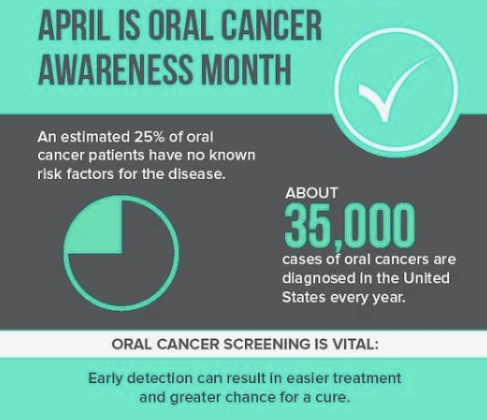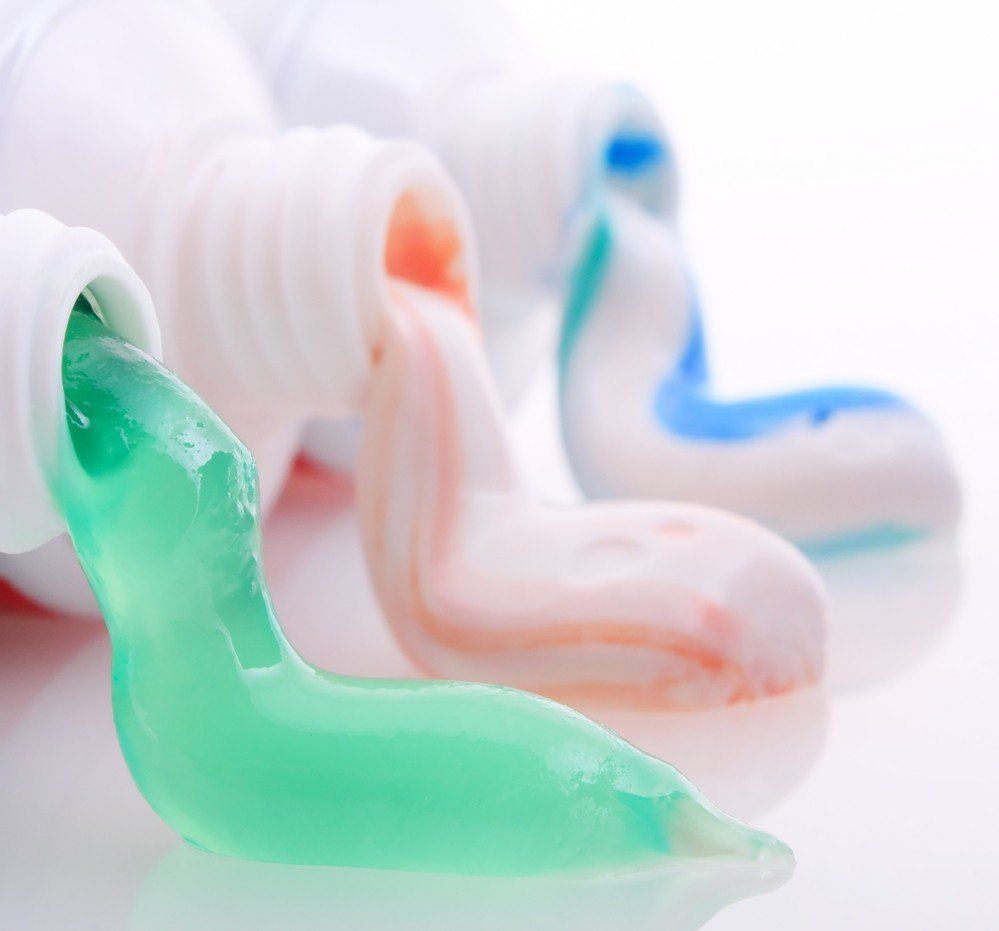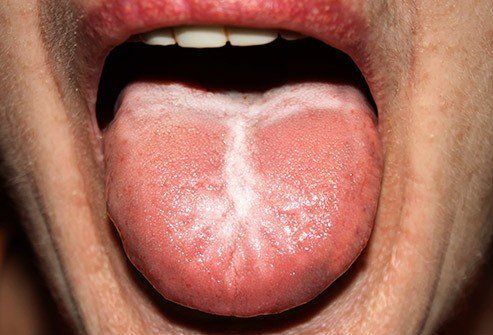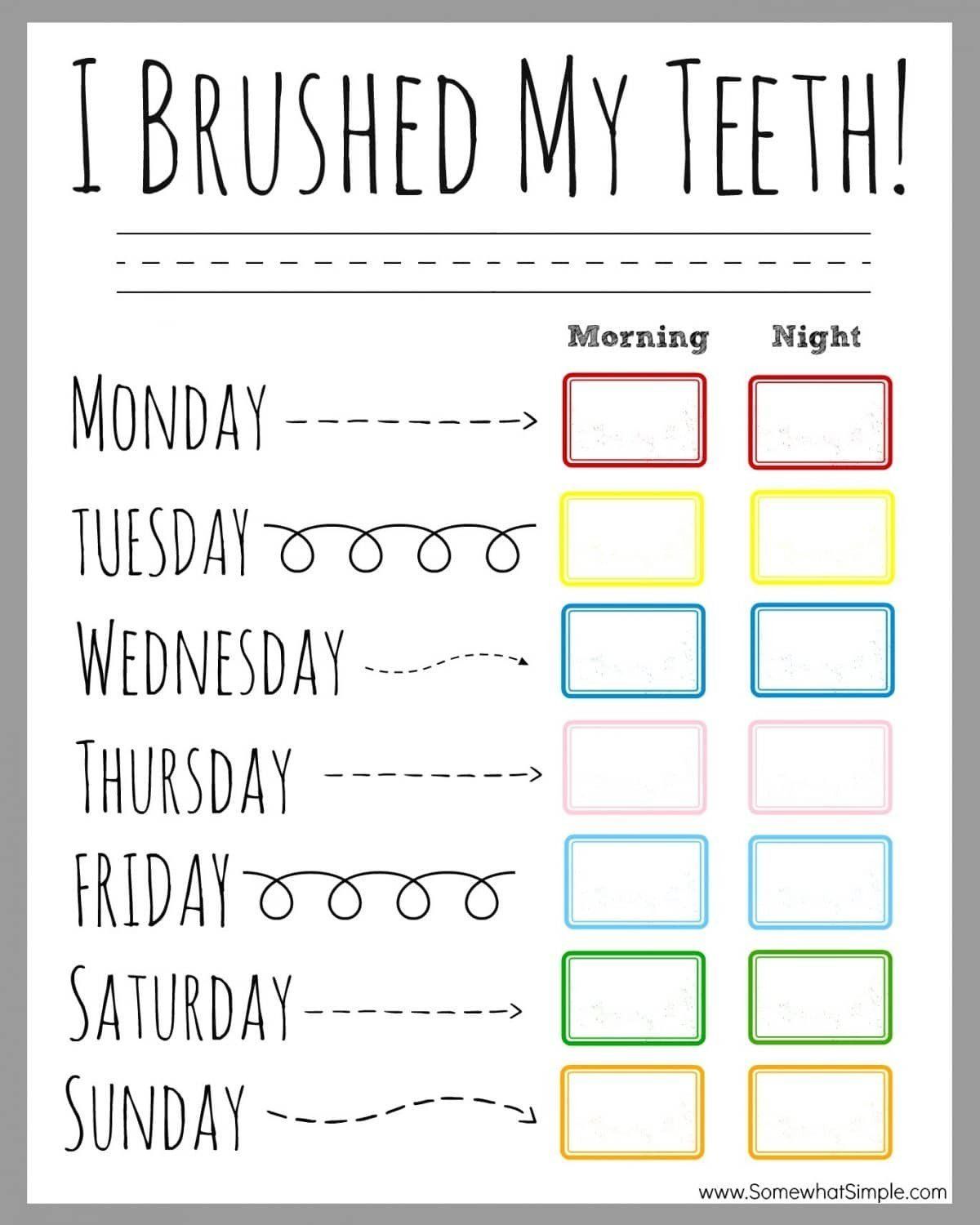If You Play Sports, Wear a Mouthguard for Your Protection
- By Joel Snyder
- •
- 12 Oct, 2016
- •
Cosmetic dentistry professional in Joondalup reveals why a mouthguard is so important for anyone who plays sports.
Like many cosmetic dentistry professionals, Dr Roy Sarmidi of Joondalup City Dental would rather see patients keep their mouths healthy and never have the need for cosmetic dentistry procedures. According to Dr Sarmidi, one of the best ways for athletes of all ages, whether in organised or casual sports, to protect their dental health is to always wear a mouthguard when participating in sports:
“Thankfully, most youth and organised sports are requiring mouthguards, but people who play informal games on the weekend need to protect themselves, too. We offer cosmetic dentistry and emergency dentistry in our Joondalup office, but we would much rather save people the time, money, pain and hassle of injury by fitting them for a custom mouthguard right here in our office.”
The Australian Dental Association (ADA) and Sports Medicine Australia (SMA) co-authored a mouthguard policy that is currently in use by a majority of amateur sport teams of all ages and all levels. The policy makes mouthguards mandatory and has “no mouthguard, no play” provisions. It also allows for the constant monitoring and removal from competition of anyone not complying with the policy.
Neither the ADA nor SMA recommend cheap mouthguards. They don’t recommend stock mouthguards and they don’t recommend “boil and bite” mouthguards. The only mouthguards they view as safe enough and effective enough to prevent sports injuries are the custom fitted mouthguards available from most dentists.
Dr Sarmidi added: “Over the counter mouthguards have the potential for being effective if they were a perfect fit. The problem is that they never are; even boil and bite mouthguards slip around almost immediately during first use. When you go to the dentist, we use a mould to take a perfect impression of your teeth and make a custom mouthguard out of it. The result is a mouthguard that is exponentially better than anything you can buy over the counter.”
While most people expect contact sports such as footy or rugby to produce injuries, the sports where orofacial injuries are the most common are soccer and basketball. A mouthpiece can help prevent injuries to the jaw and the teeth, but they can also help prevent concussions and neck injuries.
There are three reasons most often cited for not wearing mouthguards. The first is that some people see them as “too expensive.” However, the cost of a preventable lost tooth or broken jaw can be much higher than the cost of a mouthguard. The pain, suffering and inconvenience of orofacial injuries are also much greater than the cost of a mouthguard.
Some athletes complain that mouthguards give them headaches, but a perfectly-fitted mouthguard from the dentist is highly unlikely to cause a headache. The other factor most cited is that people think they don’t need a mouthguard.
Dr Sarmidi concludes: “If you play sports, just go to your dentist and get a custom-fitted mouthguard. It could be the best investment you ever make.”
Source: http://prwire.com

Contact us!
https://www.fabuloussmilesdental.com/contact

ADA Approval
First, make sure you choose a product approved by the American Dental Association and displaying the seal on its packaging. There are plenty of fluoride-free, organic, and all natural options tested by the ADA for both safety and effectiveness at keeping the teeth clean. Products without these seals have not necessarily been tested for their claims and quality, so you’re gambling with the health of your mouth by using them.
Focus on Needs
Consider what your teeth need the most to choose a toothpaste with the right extras. Whitening toothpaste can’t always replace professional whitening from a dentist, but it does work to prevent surface stains that cause your white smile to lose its brightness after treatment. Most toothpastes tend to target one of more of the following conditions or needs:
- Sensitivity, in the gums and teeth, from mild to severe pain
- Fluoride products are essential for kids, adults who don’t get enough of it in their diet, and people with diabetes and many other conditions
- Anti-cavity, which most products cover but which should always be checked
- Anti-gingivitis, ranging from over the counter to prescription products for healthier gums.
Watch Out!
There are a few products you don’t want to use on your teeth, and they’re often sold as cosmetic products rather than medically tested toothpaste. Any whitening toothpaste with a very abrasive ingredient, ranging from natural walnut shell to plastic microbeads, can leave your teeth with enamel damage that is permanent and hard to treat. Activated charcoal powders can also discolor teeth along with eroding your enamel. Look for toothpaste products that reinforce enamel rather than damaging it.
Picking a Toothbrush
Of course, the toothpaste still needs to be applied to the teeth with the right tools to effectively protect you from cavities and gum disease. The wrong toothbrush can damage your enamel, scratch your gums, or fail to remove trapped food from between your molars. Only use soft bristled brushes unless given advice from your dentist to the contrary. For most people, stiff bristles are too hard for their gums. The tip of each bristle should be rounded and not pointed or square so that food debris and tartar comes loose with each sweep. Replace your brush every three months even if it still looks new and fresh since bacteria can build up over time.
Need more advice about what to do to take care of your teeth? Make an appointment with your dentist for a routine cleaning or a timely inspection. You can discuss your concerns without feeling rushed and determine if your current oral health practices are sufficient for keeping your smile bright, healthy, and strong.

Creamy white spots could be thrush, a fungal infection (shown below). It often happens after an illness or medications throw off the balance of bacteria in your mouth. White patches that look lacy could be lichen planus, which means your immune system is attacking the tissues in your mouth. If you see hard, flat, white areas that can’t be scraped away, it could be leukoplakia, which is linked to cancer. Let your dentist know about any white patches you see.


